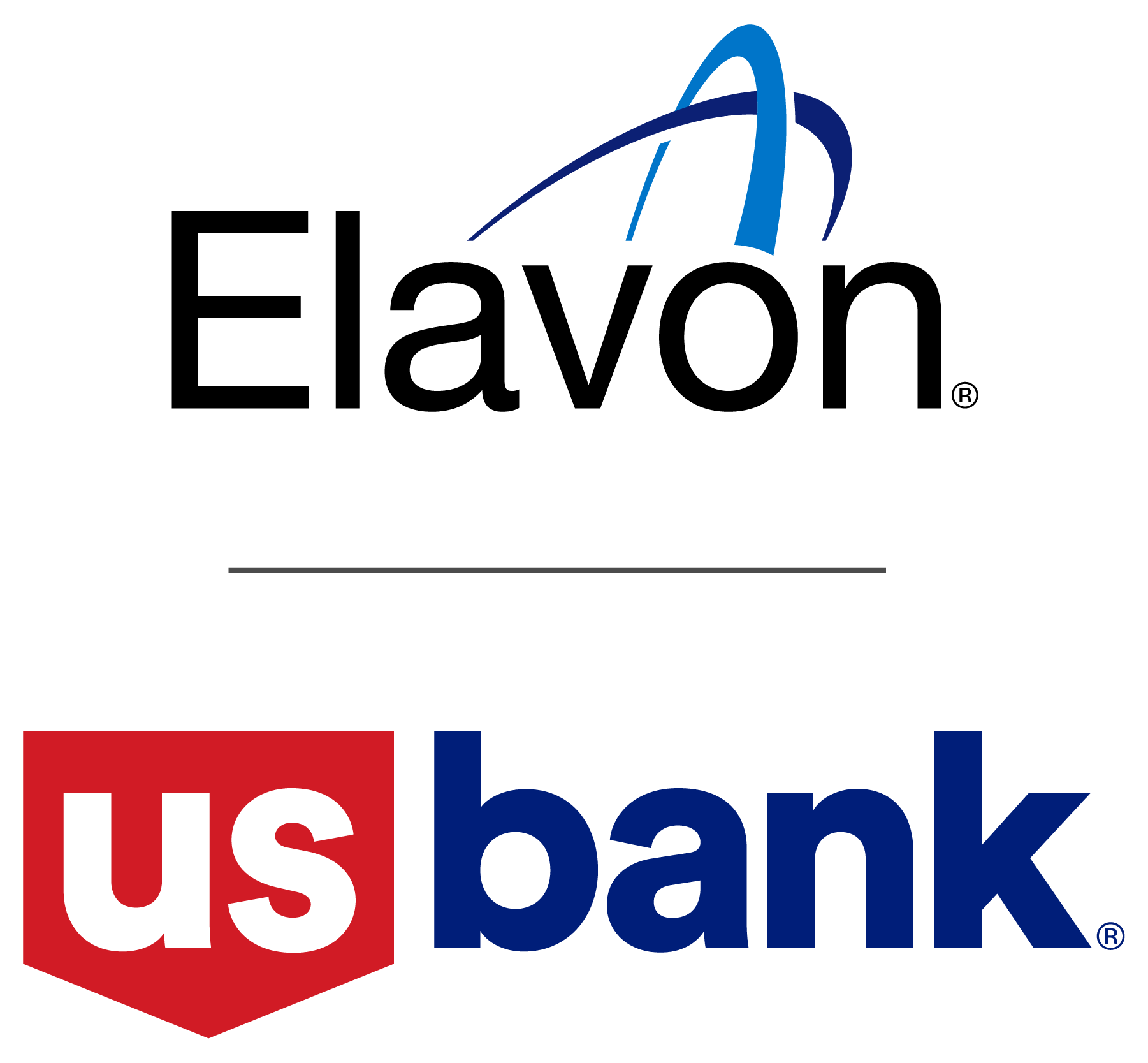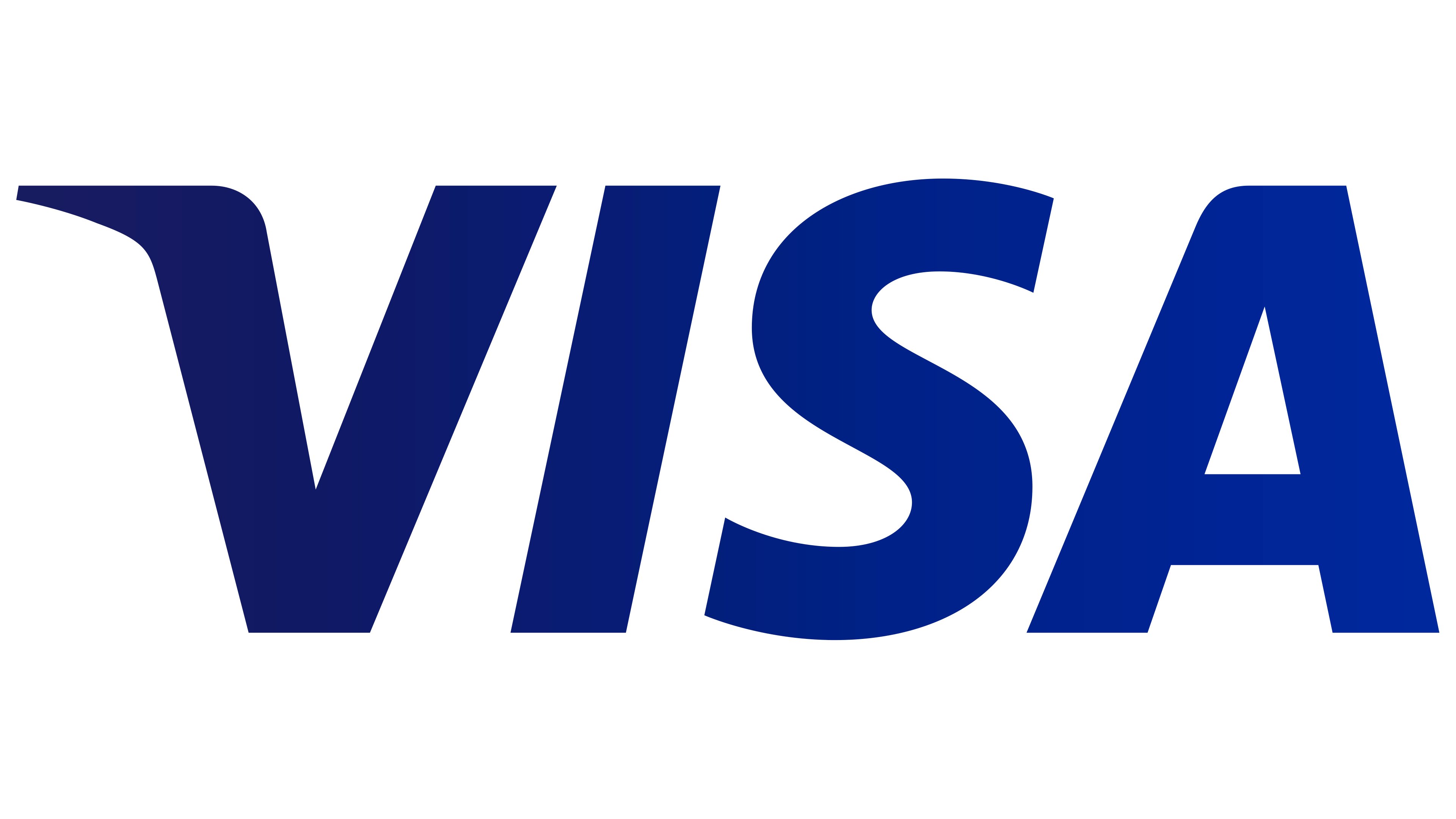Well, Apple has done it again. In true Apple fashion, the Cupertino firm has not necessarily invented anything new so much as redefined the standard in a space that we are all acutely familiar with – credit cards. Through their dedication to minimalism and an entirely mobile end to end process they seem to have completely altered consumer expectations as to what the credit card experience should be. And I think we can all expect an increasing demand for this type of experience as a result.
The ability to apply for a card in-app and be approved in minutes sets a new bar for cardholder onboarding. No branch entry, no IVR, no headache. Consumers desire instant gratification these days and from Apple’s perspective, obtaining a card should be no exception. Instant provisioning ensures 100% activation and spend momentum right away. No more delays between approval, activation and ultimate spend.
Apple is also providing transaction intelligence that equips cardholders with a better understanding of where their money is spent and when. Cardholders can glean meaningful insights about their macro spending habits while ensuring that the transactions listed are transactions that they in fact made. If an individual transaction does not appear right, simply tap to inspect it on a map to make sure.
This functionality coupled with easy to remember (and even easier to redeem) daily cash back rewards make for an extremely formidable card offering in the market. An obvious resulting question from all this is, how will other issuers respond?
Apple has been able to shift consumer tastes and preferences perhaps better than any other company in the 21st century. Certainly, one effect of Apple Card will be the rapid change in what consumers expect their banks and credit unions to provide them. It is no coincidence that much of the innovation occurring in financial services revolves around payments. Most consumers interact with their payment vehicles multiple times a day. It is this interaction that defines the banking relationship for most of them. As consumers raise expectations of what their banks and credit unions should provide them, these institutions would be wise to internalize this and respond accordingly.




































